C-Store welcomed leading retailers and senior personnel from Coca-Cola Enterprises to its first Soft Drinks Summit last month. The group discussed challenges and opportunities in the sector, and the innovation required to meet shoppers’ future needs
Convenience is growing and soft drinks shoppers are valuable ones, but as consumers have limited time in which to make their choices in stores, retailers have to make brave decisions about range and display in order to capitalise. These topics, and more, were on the agenda at C-Store’s inaugural Soft Drinks Summit, held in partnership with Coca-Cola Enterprises (CCE).
The opportunities for convenience retailers in soft drinks are strong, said CCE’s Nick Canney. “Soft drinks was worth £7.6bn in the off trade last year and continues to grow: innovation added £250m in value to the market.
“The great thing about soft drinks is that you can make a product that is fantastic and sugar free – it’s hard to do that in other categories. Growth is being driven by online and smaller basket spend partly due to smaller households, so delivering products that are fit for that is really important to us.”
The panel
Left to right:
Ramesh Shingadia Londis, West Sussex
Julian Hunt VP, public affairs & communications, CCE
Raaj Chandarana Tara’s News (Premier), High Wycombe
Simon Harrison wholesale sales director, CCE
Anjali Karpal, two independent stores, West Sussex
Nick Canney, VP sales & marketing, CCE
Paul Cheema Malcolm’s, three stores (Nisa), West Midlands
Gavin Partington British Soft Drinks Association
Dean Holborn Holborn’s, two stores, Surrey
Soft drinks shoppers are valuable to c-stores, explained Jill Livesey from HIM. They buy more items per trip (3.6 compared with the industry average of 2.8) and spend more. But there are also opportunities to upsell more on food to go missions, and to grab shoppers’ attention better. For example, one in four soft drinks are bought on impulse, and only about half of shoppers who buy a sandwich purchase a soft drink as well.
While the loss of the top-up shopper to other shop formats has been arrested, Livesey warned of the increase in the ‘grab and go’ shopper in convenience, who only look for the aisle with the product they need.
Ramesh was equally concerned: “The worry is the customers who just pick up what they need. Of 10 who come to our post office, only two bought products in the shop. How do you encourage that shopper to buy more? Part of the challenge is we don’t have discipline. We over-range. We’re trying to upsell in every category, so where do we stop?”
Anjali agreed that too much clutter can make it difficult for good customers to find the brands they are looking for, adding that she cut back the range in her stores and since then has seen an improvement in sales and cashflow.
Canney argued: “Too much choice is not good commercially. Availability issues will cost you. Every shop will have a different demographic so it’s about finding the mission that is most relevant. We never thought there would be a market for glass icon bottles in convenience, but there has been huge interest.”
CCE’s Simon Harrison added: “It’s about marketing for occasions: whether it’s Saturday night in, or meal for tonight. The key is to get inside consumers’ pysche and understand their journey.”
Pricing, packs and innovation
Despite initial outrage from retailers about the 1.75ltr format, CCE has been proved right, conceded Dean, although Paul asked whether it was necessary to reduce the pricemark from £1.85 to £1.69. Canney and Harrison replied by saying the everyday low price strategy has worked, and that volume as well as value growth is necessary for the health of a brand.
Canney concluded by pointing out that sales in stores with the company’s BevTrac chilled merchandising system have increased by 12-15%. CCE would ask for 50% of space in return for its investment. Dean added that the system worked well in one of his stores, and that he would be happy to co-invest.
SOFT DRINKS AND HEALTH
According to HIM, half of c-store shoppers say they are healthy and a third say they want to be.
Julian: “There’s a fantastic opportunity for soft drinks to meet shoppers’ health needs. There will be colour coding on packaging from next year – it’s a voluntary agreement which CCE is participating in. It will be interesting to see how it influences shopper behaviour. We’ve recently introduced Coke Life, which has a third less calories than regular Coke.”
Gavin: “Colour-coding is about being frank with the consumer. It helps consumers along the pathway. 60% of the market is now low-calories drinks, which is a significant shift. I can see that growing all the time, you can see the growth in the water category.”
Raaj: “The issue with the product on the fixture is that people look at the labels now and say ‘Wow, Coke Life has 17g of sugar’ even though it’s got less than regular Coke. How we communicate it is important.”
Gavin: “There has been a lot of media activity about its credentials.”
Julian: “Communi-cating is about getting the balance right; the advertisements shouldn’t be preachy like a public broadcast.”
Anjali: “We have to try to promote meal deals. I’d certainly promote healthier options in meal deals to encourage purchases.”















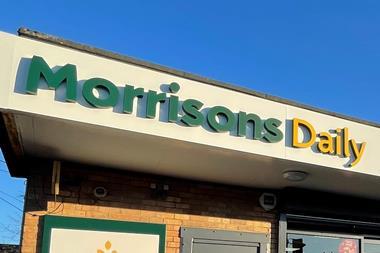
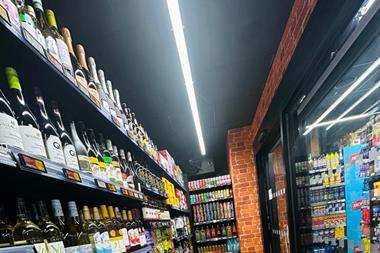
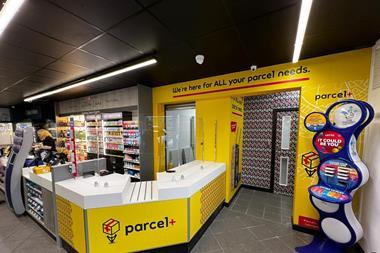

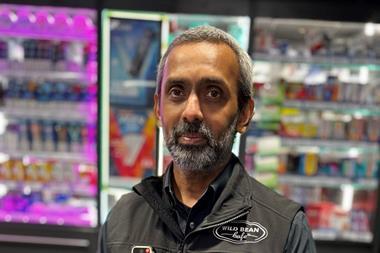
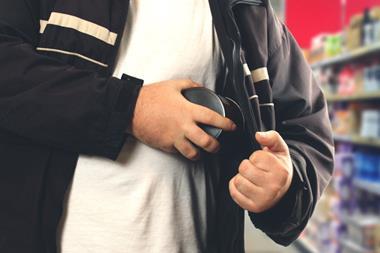
1 Readers' comment